
Manufacturing companies depend on machines, tools, and equipment to keep their operations running. Managing these assets manually can be difficult, leading to delays, unexpected breakdowns, and high costs. An Asset Management System helps businesses keep track of their equipment, maintain it properly, and use it more efficiently. This leads to better productivity and higher profits.
This guide explains how an asset management system improves efficiency, extends the life of machines, and lowers costs.
An Asset Management System is a digital tool that helps businesses monitor, track, and maintain their equipment. It provides real-time updates on asset condition, location, maintenance history, and performance.
For manufacturing companies, this system is important because it keeps equipment in good condition and working at full capacity. It prevents breakdowns, saves money, and makes operations more efficient.
Machines drive manufacturing. When they halt, production stumbles, draining revenue. An asset management system organises maintenance, inspects machine health, and triggers alerts before faults arise.
Addressing issues early spares manufacturers from costly breakdowns and keeps production steady.
Machines, tools, and equipment demand significant investment. Without proper care, they degrade quickly and require frequent replacements. An asset management system ensures every machine receives timely maintenance, extending its lifespan.
By tracking usage and scheduling repairs, businesses prevent premature failures and maximise equipment value.
Manufacturers often find it hard to manage spare parts, tools, and materials. Storing too much wastes money, while not having enough slows down production. An asset management system tracks stock levels, monitors asset movement, and ensures important parts are available when needed.
This prevents unnecessary spending and keeps production running without delays.
Wasting time looking for tools, waiting for repairs, or dealing with unexpected machine failures reduces efficiency. An asset management system gives real-time updates on asset location and condition, helping employees work faster.
Automatic tracking removes the need for manual record-keeping, allowing workers to focus on production. With fewer delays, productivity improves.
Waiting until a machine breaks down before fixing it leads to high costs. Emergency repairs, urgent service fees, and production stoppages increase expenses. A well-planned asset management system reduces these costs by making sure machines are serviced before they fail.
Regular maintenance, automatic alerts, and maintenance records help businesses control spending and avoid financial stress.
Manufacturing companies must follow safety rules and industry standards. Poorly maintained equipment can be dangerous, leading to accidents or legal problems. An asset management system keeps track of safety checks, inspection dates, and certifications.
This ensures that all machines meet safety requirements, protecting both employees and the company.
Accurate asset data helps managers make smarter choices. An asset management system provides reports on asset performance, helping businesses find areas that need improvement.
With real-time information, companies can decide when to upgrade machines, replace old equipment, or improve maintenance plans.
As companies expand, manually tracking assets becomes harder. A scalable asset management system helps businesses manage growing inventories, multiple locations, and increased production. This prevents problems as the company grows, ensuring that asset management stays smooth and efficient.
Valuable machines and tools often vanish without proper tracking. An asset management system logs asset movement, assigns responsibility, and strengthens security. Features like barcode scanning and GPS tracking pinpoint real-time locations, cutting the risk of theft or misplacement.
Rather than following a rigid maintenance schedule, predictive maintenance relies on real-time data to signal when a machine needs servicing. This approach eliminates unnecessary repairs and ensures critical issues receive attention. An asset management system with predictive maintenance directs resources where they are needed most, saving time and money.
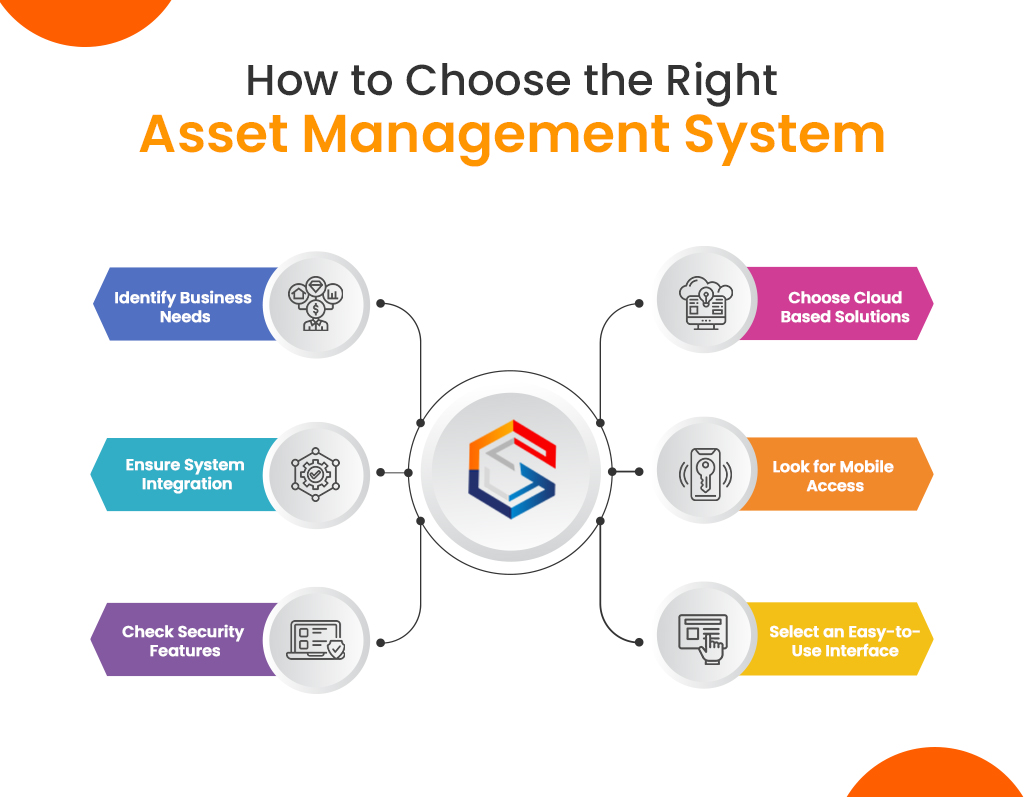
Every manufacturing company has different needs. Some need to track large machines, while others focus on tools or vehicles. Understanding these needs helps in choosing the right asset management system.
Cloud-based asset management systems allow managers to monitor assets from anywhere. This is helpful for companies with multiple locations or remote teams.
The asset management system should work smoothly with existing software, such as Enterprise Resource Planning (ERP) or inventory management tools. A well-integrated system improves efficiency.
A system that works on mobile devices allows employees to update records, check asset status, and scan barcodes using smartphones or tablets. This improves real-time tracking.
A complex system makes adoption difficult. The asset management system should be simple and easy to use, requiring minimal training. A clear interface encourages employees to use it effectively.
Protecting asset data is important. Look for features like encryption, access control, and audit trails to ensure that sensitive information remains safe.
If you are looking for an effective asset management solution for better management, try Genic Assets Management Software Solutions!
Many manufacturing companies have successfully used asset system management to improve operations:
Each of these industries benefits from better efficiency, lower costs, and improved asset management.
An asset management system empowers manufacturing companies to sharpen efficiency, slash costs, and keep operations steady. By tracking and maintaining assets with precision, businesses prevent breakdowns, extend machine life, and make informed decisions.
The right system equips companies to thrive in a competitive industry. To extract maximum value from assets and refine operations, now is the moment to implement an asset management system.
Seize control of your assets today and forge a more efficient, cost-effective manufacturing operation.
Articles you might like

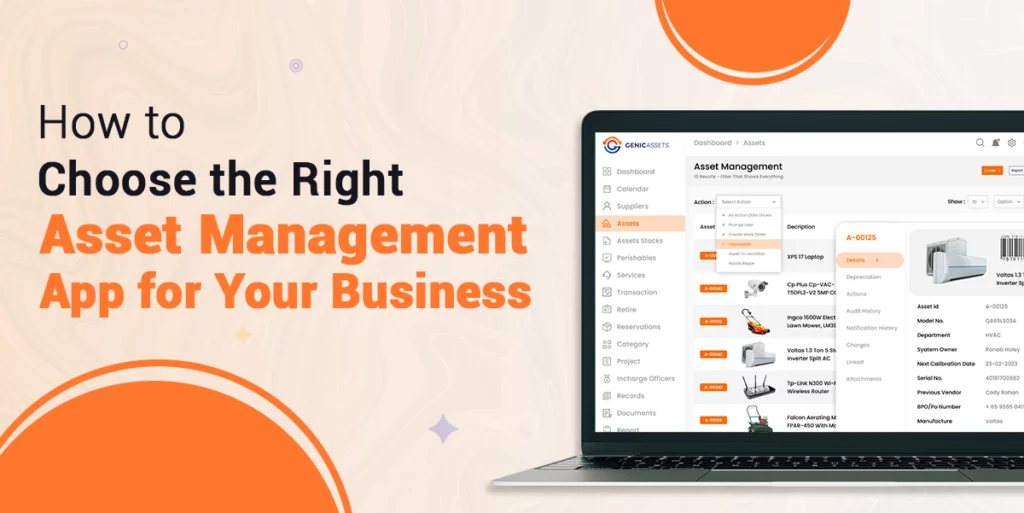
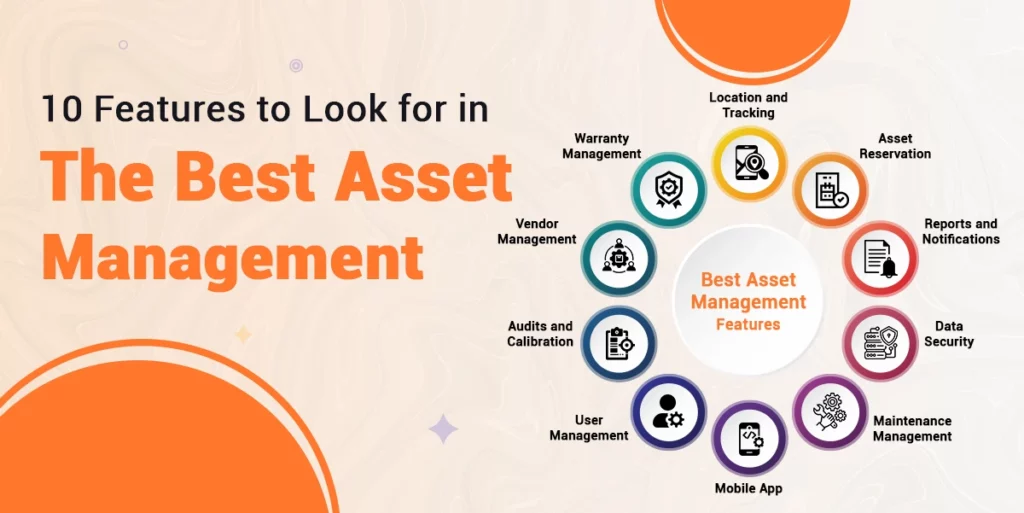

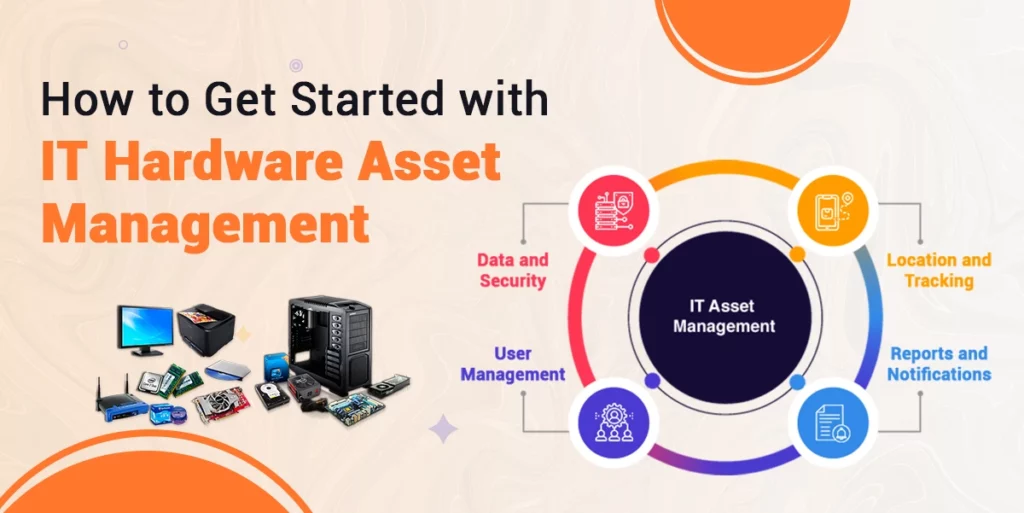
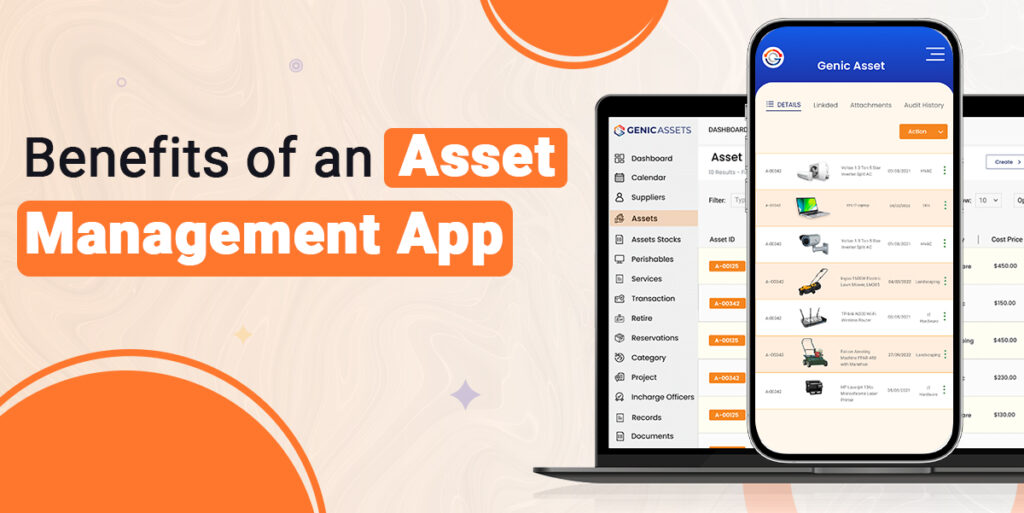

Genic Assets provide complete visibility, traceability, and accountability of your assets!
Get Started






